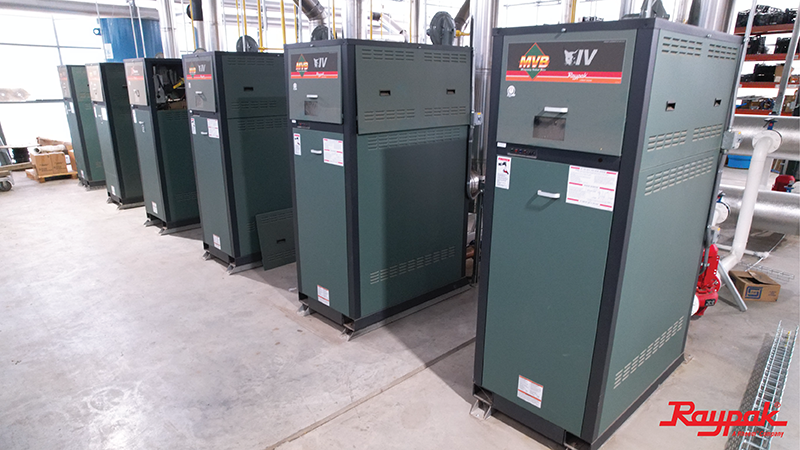Why the Current Ag Labor Shortage Is Broader Than You Think
The global shortage of agricultural workers is not limited to jobs involving manual labor. It also extends to science and engineering-focused positions.
In Canada, for example, everything from agronomists to equipment managers to shipping experts are needed. It’s a long-standing need, too. Pre-COVID-19 studies showed that primary agriculture experienced a labor shortage of 63,000 positions in 2018, giving it the highest job vacancy rate of any Canadian industry at 5.4%. The shortage has been predicted to increase to 123,000 by 2029.
Meanwhile, a recent Information and Communications Technology Council report suggests that agri-food and food-tech sector jobs are projected to grow to 683,000 by 2025 from 634,000 currently, because there’s a rising demand for food from an ever-increasing global population.
A comprehensive list of roles, their requirements and prerequisites in primary agriculture can be found on the Canadian Agricultural Human Resource Council’s website. It breaks down the laborer, manager, and owner hierarchy in various sub-sectors, including aquaculture, field fruit and vegetables, and greenhouses and nurseries.
Beyond that, Jennifer Wright, the council’s acting Executive Director, says the industry has been increasingly reaching out to those in non-agricultural educational and career streams.
“We’re hoping to connect them with work experience and experiential learning opportunities, so that they can see where their technology degree or their environmental science degree or their software engineering degree could really be put to good use within the agriculture industry,” she says.
Continue reading about the ag labor shortage here.








